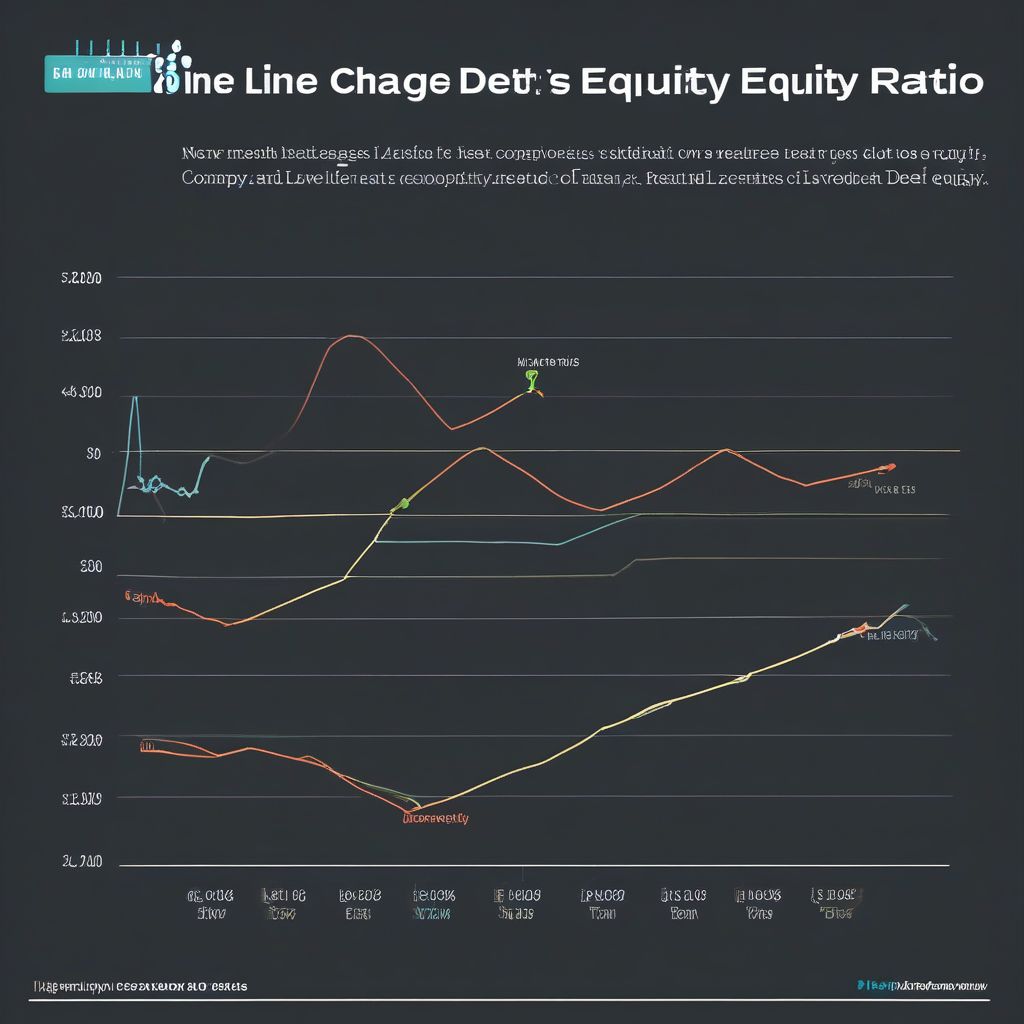The weight of student loans can be a significant burden, especially for those in the nursing profession who dedicate their lives to caring for others. “Nurses Debt Relief” isn’t just a buzzword; it’s a lifeline for many seeking financial stability. This article delves into the complexities of nurses’ debt, explores various relief options, and guides you towards achieving financial freedom.
Understanding the Nurses’ Debt Crisis
Before diving into relief programs, it’s crucial to grasp the magnitude of the situation. The demand for nurses is higher than ever, leading many to pursue advanced degrees, often financed through loans. This, coupled with relatively lower starting salaries compared to other professions with similar education requirements, creates a perfect storm for debt accumulation.
Here’s a breakdown:
- High Educational Costs: Nursing degrees, particularly at the graduate level, come with hefty tuition fees, pushing aspiring nurses towards substantial loans.
- Interest Accumulation: Over time, interest adds up, significantly increasing the overall debt burden.
- Salary vs. Debt Ratio: While nursing is a stable and rewarding career, the starting salaries might not always be proportionate to the accumulated debt, making repayment challenging.
This financial strain can impact nurses’ lives in various ways, from delaying homeownership to affecting their overall well-being.
Exploring Nurses Debt Relief Options
The good news is that numerous avenues exist for nurses seeking debt relief. These options cater to diverse needs and financial situations, offering a ray of hope for a brighter financial future.
1. Federal Loan Forgiveness Programs
The U.S. government recognizes the contributions of nurses and offers tailored loan forgiveness programs:
- Public Service Loan Forgiveness (PSLF): Nurses working full-time for government or non-profit hospitals might be eligible for loan forgiveness after making 120 qualifying monthly payments.
- Nurse Corps Loan Repayment Program: This program provides financial assistance to nurses working in critical shortage areas, covering a significant portion of their unpaid nursing education debt.
2. State-Based Loan Repayment Programs
Many states offer their own loan repayment assistance programs specifically for nurses. These programs vary in eligibility criteria and benefits, often targeting nurses working in underserved communities or specializing in high-demand areas.
3. Employer-Sponsored Assistance
Some healthcare institutions provide loan repayment assistance as part of their benefits package to attract and retain qualified nurses. This could involve direct contributions towards loan payments or other forms of financial support.
4. Refinancing and Consolidation
While not directly erasing debt, refinancing or consolidating existing loans can help manage debt effectively. Refinancing allows nurses to secure lower interest rates, reducing monthly payments or shortening the loan term. Consolidation combines multiple loans into one, simplifying repayment.
sonneriesvip.com/wp-content/uploads/2024/08/nurse reviewing finances-66c5a9.jpg" alt="nurse reviewing finances on laptop" width="1024" height="1024">nurse reviewing finances on laptop
Navigating Nurses Debt Relief: Key Considerations
Choosing the right debt relief option requires careful consideration of individual circumstances and financial goals. Here are some vital factors to consider:
- Eligibility Requirements: Each program has specific eligibility criteria, including employment history, loan types, and residency requirements.
- Long-Term Benefits: Evaluate the long-term financial implications of each option. While some programs offer immediate relief, others might provide more significant benefits over time.
- Application Process: Understand the application process for each program, ensuring timely submission of all required documents.
Seeking Professional Guidance
Navigating the complexities of nurses’ debt relief can feel overwhelming. Consulting a financial advisor specializing in student loan debt can provide invaluable insights and personalized recommendations. They can help assess your financial situation, identify suitable relief programs, and guide you through the application process.
Conclusion: Taking Charge of Your Financial Future
Nurses debt relief is not a one-size-fits-all solution but rather a pathway towards achieving financial well-being. By understanding the available options, carefully assessing your needs, and seeking expert guidance, you can alleviate the burden of student loans and pave the way for a brighter financial future. Remember, financial freedom is within reach, and taking the first step towards debt relief is crucial.
This article provides a general overview of nurses’ debt relief and should not be considered financial advice. Consult with a qualified financial advisor for personalized guidance based on your specific situation. For further insights into managing your finances and exploring investment opportunities, continue exploring our website.



